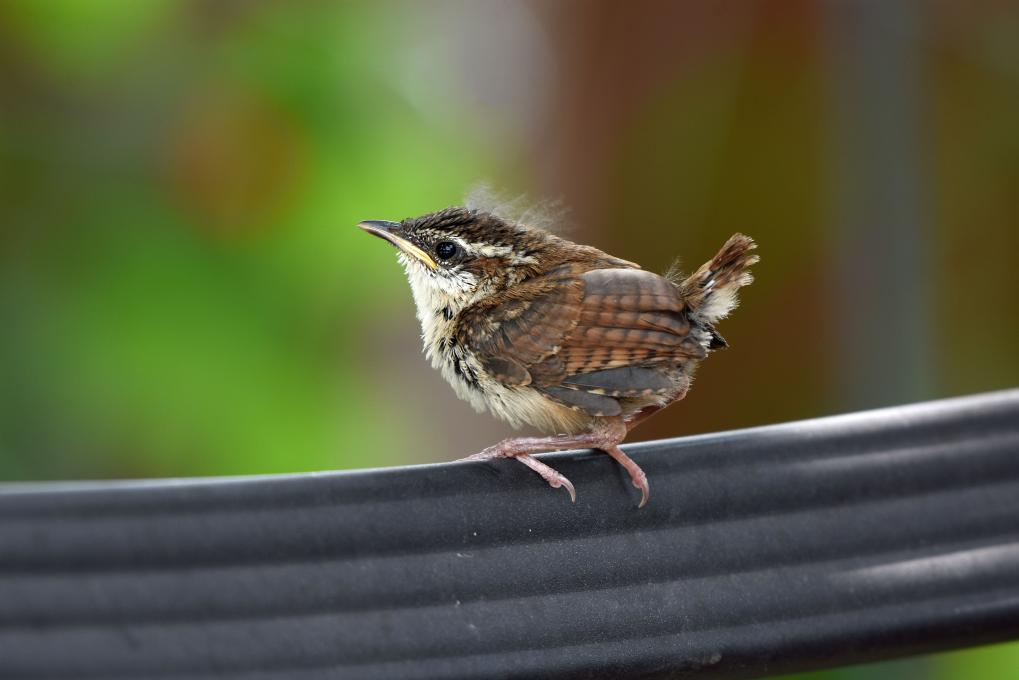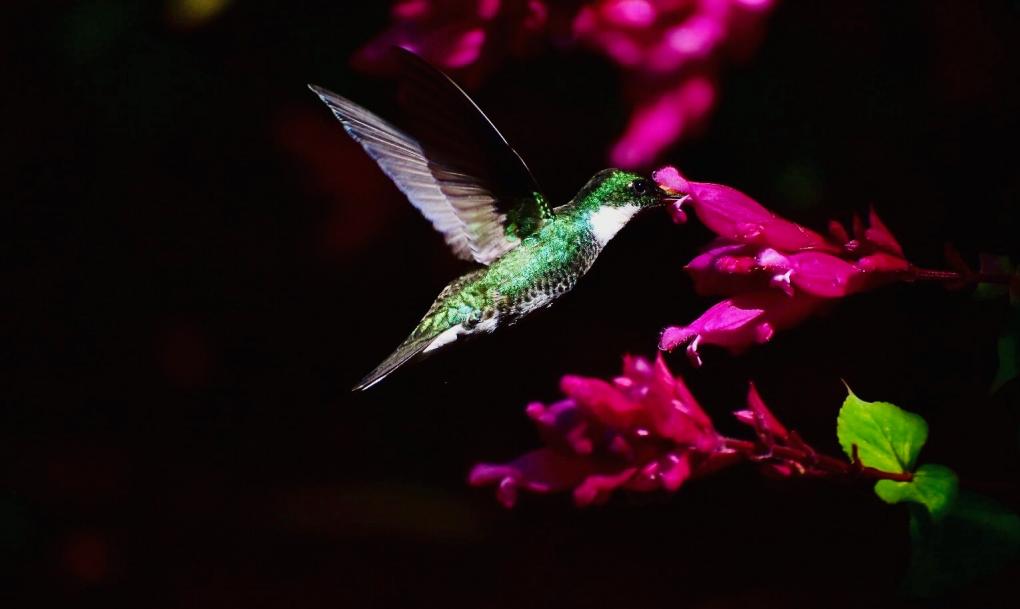The Cornell Lab Bird Academy › Discussion Groups › Bird Photography with Melissa Groo › Practice Matching Your Gear to Your Goals
-
I started bird watching in my 20's..that is awhile ago.... but a couple of years ago I decided I wanted to start capturing them on film... digitally I mean. I started with a NikonD5600 and a 300mm lens and that suited me to start however I knew if I really enjoyed bird photography i would upgrade. I now have a D500 Nikon with a 200-500mm zoom lens and really love the increase in sharpness and quality of the photos I am getting. I have realized though after this chapter though that i have somewhat been getting by without some of what she has recommended. A backpack for when I am in the field and to protect the camera in transport, definitely a tripod, maybe a teleconverter (1.4) but I am not sure about that as the lens I have starts at f5.6 and I worry about losing too much light. So now that has me thinking about perhaps getting a fixed prime lens with a teleconverter but they are so pricey so I think the accessories are where I need to start. I think I am a bit if a generalist as a bird photographer.. if it is a good photo then I enjoy it. When I think a little deeper though anything that captures bird behaviour... a perching bird is always interesting if you have an appealing composition but I like to capture what they do.... examples like foraging, grooming, courting, nesting, territorial behaviour etc. ...anything where a moment of their life can be frozen in time. My next technical goal is to get much better at capturing birds in flight. I have had lots of not so great photos of birds in flight.. blurred, not sharp, composition off....
 but this one gives me hope... juvenile red tail hawk lifting off from being perched in a tree... took this on the weekend.
but this one gives me hope... juvenile red tail hawk lifting off from being perched in a tree... took this on the weekend. -
Great shot!
-
-
This is my second year participating in Project FeederWatch. I average 15 to 20 different species of birds every weekend. Been taking pictures with an iPhone that aren’t very impressive. Decided to to sign up for bird Photography with Melissa Groo. It is amazing the talent she has with a camera. After finishing the course will be buying a camera for all my backyard birds. Don’t know anything about cameras but believe I am leaning towards the Nikon Coolpix P1000. All the reviews says the best camera for beginner bird photography. Was going to also get a tripod for it. Believe this camera will be great for what I plan on doing with pictures taken from back yard. wondering if any body else has experience with this camera. Thanks
-
1. To capture more detail in my bird photos, especially feather structure. 2. To create a portfolio of bird photographs illustrating behaviours such as singing, flying, preening, eating. 3. To learn enough about editting RAW images to determine whether taking RAW photos is worth the processing time and file storage space in my photo collection.
-
This is a great assignment ! Kudos Melissa for suggesting this. Now I know EXACTLY which types of photographic images I want to capture ! **High quality images are a MUST for me ... so this means I need to acquire a DSLR camera body with a full size sensor. Outstanding images I capture - my goal is to display them on a backlit, wall hanging screen that is at least 24' x 36" in my home ! I love rich colors ! I now realize that I do NOT want to capture simple portraits of birds ... I want action - flying, singing, mating rituals, aggressive or defensive behavior, mothers feeding and taking care of their young, I want to capture interaction ! I want unique, natural, intimate images of birds. I get excited about extreme close ups of birds that fill the screen AND I am excited about razor- sharp and well lit images of birds in their habitat. **A 150- 500 mm Zoom lens with an F /4.5 to 5.6 aperture is what I need to start and a 1.4 or 2.0 extender. After that, I am going to have to save up and get a fixed lens 600 mm lens. **A Gillie suit is going to be a must, a pop-up "sit in" blind will be a must and a Trapagon HOKKI (lying prone) blind is going to be a must for me. I want eye level photos of waterfowl in lakes, ponds and streams... shorebirds scurrying along the shoreline ... and Owls ! I am going to have to become good at camouflage and learning how to disappear in their environment ! **These concepts are wonderful, insightful, respectful and extremely useful. This is outstanding teaching and mentoring ! Thank you Melissa !
-
I am interested in photographing local birds in southeastern Pennsylvania - I would like to use a telcconverter to increase the focal length of my 400mm sigma lens, or try to purchase a 600 mm lens - the camera body is a Nikon d5000
-
 I want to get better at capturing birds in flight. This photo was taken with Nikon D500, a recent purchase that was affordable for me and offers excellent capture action.
I want to get better at capturing birds in flight. This photo was taken with Nikon D500, a recent purchase that was affordable for me and offers excellent capture action. -
 This was taken with a mirror-less Canon Rebel T6 with a Tameron 70- 300 lens, This yellow bellied sapsucker was just hanging out in my local woods, I would love to one day maybe nave a dslr camera, with a zoom lens,I have always been a birder but i started paragraphing them when I was about 11. (i am thirteen now) And I love doing it
This was taken with a mirror-less Canon Rebel T6 with a Tameron 70- 300 lens, This yellow bellied sapsucker was just hanging out in my local woods, I would love to one day maybe nave a dslr camera, with a zoom lens,I have always been a birder but i started paragraphing them when I was about 11. (i am thirteen now) And I love doing it -
Hey, all! I'm looking for feedback on bridge cameras. I have a Sony a6400 mirrorless camera with several lenses, but am thinking about getting a bridge camera for travel. Two models I am considering are the Sony RX10IV and the Nikon Coolpix P950. The RX10 is touted as great for action so I thought it might be a good option for birds in flight, but I am wondering if it is worth the high price tag. The P950 has a smaller sensor but a higher optical zoom and smaller price tag. Does anyone have experience with either of these models to share? Thanks!
-
I use and love the Sony RX10 mIV. Several folks I bird with use the Nikon P950 or P1000.. the P1000 is huge and heavy and I would not want it, I have had good images of birds if flight, as well as pretty good images of warblers hiding in bushy trees, which means pinpoint focus is working well. The Sony has very fast focus and is weatherproof. My friend with the P950 has had some great shots with it, they are both really good for birding. My Sony has been on trips to Spain and Costa Rica and around the US in fall and winter trips and has not had temperature or moisture issues. I got really good birds in flight in Costa Rica. I read the book by Steve Ingraham (Point and Shoot Nature Photography) on how to do bird photography with the RX 10. I very highly recommend it. My Costa Rica images are here: https://larrytheller.smugmug.com/Birds-of-Northern-Costa-Rica-2020
-
I have a 6300 and recently got the P1000 for travel. The range ( as with the P950) is an amazing addition, but you will miss the speed of your 6400.
-
I have the Sony RX10IV and am very happy with it. I have not yet gotten any great pics of birds in flight (though very nice ones of stationary birds), but still figuring out on how to best use the camera. Using a tripod helped the image quality.
-
I love the Sony RX10 Mk IV. It is light and ultra portable. Plus, the autofocus is much improved, with the ability to capture birds in flight. I had the Mk. III before and it was a great camera for stationary birds.



-
-
I'm involved in a bird survey project and so when I can't be certain of the species, I would snap a few photos for later identification. This has led to an interest that goes beyond knowing which species the birds. So far I've been using Olympus EM-5II with 75-300 mm lens for its portability. Perhaps someday I'll upgrade to a DSLR to improve the quality of the images. It was in the midday when the light was bright when I saw this Squaco Heron feeding in the artificial wetland where I conduct the survey. It was very lovely seeing it there.

-
Like several others with posts below, I started to concentrate on bird photography during Covid-19 and then found many previous bird photos in my collection from the before times. I first came across Melissa Groo in Ray Hennessy's podcast, Wildlife Photo Chat. It is a great episode. (http://rayhennessy.com/wildlife-photo-chat ).
 I find it calming to head out to a park or preserve with my camera and see what birds I can find. I shoot with a Nikon D-750 and recently added a 300 mm and 1.7 teleconverter. I rented a number of lenses before settling on this combination for being lightweight with a great reach. I enjoyed the assignment to explore the Macaulay Library. It confirmed that I should be fine to shoot with my existing equipment for awhile.
I find it calming to head out to a park or preserve with my camera and see what birds I can find. I shoot with a Nikon D-750 and recently added a 300 mm and 1.7 teleconverter. I rented a number of lenses before settling on this combination for being lightweight with a great reach. I enjoyed the assignment to explore the Macaulay Library. It confirmed that I should be fine to shoot with my existing equipment for awhile. -
I've been shooting with the Nikon 800 series for the past few years with the 200-400 VR which I have carted throughout the world. I'm looking to upgrade to the Nikon prime 600 mm lens. This Adele penguin was photographed in Antarctica on Brown's Bluff.

-


 I’m a bird and nature lover who picked up binoculars for the first time at the start of COVID. I used my phone apps to ID birds... and started birdwatching a couple days a week. One day I brushed off my old Nikon D3200 with a 50-200mm lens and began snapping bird pics. Very challenging but rewarding when I get a good quality shot! Hoping this course will help me learn how to use settings rather than depend on auto mode. I started a blog to document this journey. It’s 35sparrows.com if you want to look. Pretty humble blog compared to many here! The attached were taken last weekend. I need a tripod more than anything & finally decided on Feisol 3441t because I’m tall. Very excited. I also Invested in a Tamron 15-400 lens which won’t take a teleconverter far as I can tell. It is fantastic compared to what I had before. All I really need besides that is a longer camera strap and a bag to carry the tripod and small things in. A better camera I will wait on until I am better at manual settings.
I’m a bird and nature lover who picked up binoculars for the first time at the start of COVID. I used my phone apps to ID birds... and started birdwatching a couple days a week. One day I brushed off my old Nikon D3200 with a 50-200mm lens and began snapping bird pics. Very challenging but rewarding when I get a good quality shot! Hoping this course will help me learn how to use settings rather than depend on auto mode. I started a blog to document this journey. It’s 35sparrows.com if you want to look. Pretty humble blog compared to many here! The attached were taken last weekend. I need a tripod more than anything & finally decided on Feisol 3441t because I’m tall. Very excited. I also Invested in a Tamron 15-400 lens which won’t take a teleconverter far as I can tell. It is fantastic compared to what I had before. All I really need besides that is a longer camera strap and a bag to carry the tripod and small things in. A better camera I will wait on until I am better at manual settings. -
Hi Robin, your blog is really nice, I liked especially the orioles and the night heron. Indeed, that transformation from juvenile to adult is quite spectacular. More generally, it is a pleasure to see the huge difference between the birds living here in Europe and those which you encounter during your walks. Good luck with further observations and, of course, with bird photography!
-
-
Hello, having read the below posts, I see that I find myself in a similar situation like many other participants, in particular Andre and Matthew. I thought I have been photographing birds since some three years but when going through my older travel photos, I see that it has actually been much longer. Moreover, during the covid-related lockdown period, I started focusing more on local birds in the area where I live (Brussels, Belgium), discovering the rich birdlife of the parks, woods and meadows nearby. Even though I usually do a general research on birds living in a given destination, I have so far mainly enjoyed the walks in the nature and photographed whichever birds I encountered. I hope that this course will help me with the following: (i) to improve my photography in technical terms, e.g. when it comes to the knowledge of my gear or on recommended techniques for various situations, such as birds in flight, (ii) to give me guidance with respect to a more targeted birdwatching, typically when I would like to get photos of a specific species, e.g. how to select a location to get close enough with disturbing the bird, if and how to use blinds etc. Here some examples of the local birds...



-
Did you take these photos yourself?!? Beautiful.
-
-
In the past years, I have been focused on landscape photography and asltrophotograpy. With the quarantine and Covid-19 I started to appreciate the birds. An American Robin made a nest in my deck and I started to follow the process day after day and I was able to capture since the very first egg until the birds were ready to fly. Most of my pictures were made with a Canon 70-200 mm lens with a 6D body. This made me to be even more motivated to photograph birds in their natural habitat and I decided to go to "field", in a preservation park few miles away of where I live, Buffalo-NY. The diversity of birds is amazing. But with few shots I realized 200 mm maximum would not be enough for taking the photos I would like to capture. I had to crop the images too much and the final images had a lot of noise, as expected. The AF system of the 6D is not great, it was enough for my landscape photography but not for birds. So I started to research camera bodies and lenses that would fit in my budget (honestly they didn't fit but when you are motivated who cares lol). Then I bought a Sigma 150-600 mm and a Canon 5D Mk IV. I saw that many bird photographers use a 7D, but I was not happy with the idea of a crop sensor again (nothing against crop sensors, my first camera was a T5 and I was very happy with it, but since I moved to full frame I couldn't use a crop sensor anymore). Now I'm happy with the possibility of getting much more close to the birds, my photos looks like more sharp and the better AF system of the 5D Mk IV reduced the challenges I have been used to face in the first weeks. There is a lot to learn yet, not only about photography but about the birds itself, it's an amazing new world to me. I'm attaching a photo of an American Goldfinch that I shot yesterday close to my house. Nothing outstanding but I liked the bird resting its head on the tree branch. Looks like he is thinking and regretting something. I enjoy to see this types of situations in which the birds are not in the standard pose to the camera. They are very beautiful, but I do enjoy to see something funny or that connects our behaviors to the image. Anyway, I'm not a professional photographer but I really want to improve day after day, that's why I'm dedicated to learn more about my subjects and adapting my existing gear to new ones to meet these goals. If you want to see more about my journey, feel free to follow me at IG with @andreschiavonimages.

-
Awww he has an itch! Love the photo!!
-
-
I am over 80 years old and have over 2000 species on my life list. I have travelled pretty well all over the world (over 100 countries), first on business and then after retirement. Only in the last few years have I taken up photography. My goal is to get a picture of as many species as I can. I am up to just over 900. Some are very poor and barely recognizable, but I keep on trying for a better picture. I use a Canaon EOS 70-300mm zoom lens with a stabilizer. I take hand held pictures except when I can find a hard surface to rest the camera on, which is a rare luxury. From this session I think I will consider a high quality tripod, although I am very concerned about weight and portability. I use a Black River shoulder harness, which I find excellent when using both a camera and binoculars, making it very easy to switch from one to the other. I do not have any preference for background vs close-up. I will take what I can get. I use Digital Photo Professional to edit my pictures (although I have not learned to use many of its features) and I use Irfanview to add the text. Here are three examples from around the world. With the puffins I was shooting the ones on the rock and it was only after downloading the picture that I realised that I had caught one coming into land.



-
So beautiful!!!
-
Great capture of the puffin coming in to land! Puffins are my spark bird - seeing them (along with other cool birds) on a trip to Iceland two years ago is a big part of what inspired me to take up birding. I wish I had shots as good as this from that trip - my puffin pictures are mostly tiny (far away) and blurry.
-
Amazing shots!
-
-
I'm a beginning birder who has taken 3 years of pictures with a bridge camera, the Nikon B700. On hikes in the woods I hand-shoot pics of birds in trees at a distance using the "Bird-watching" automatic setting, at the default zoom setting of 800 mm equivalent (at any higher zoom, hand-shake is a problem). When I download the picture off the card onto my computer screen, it's usually still just a small blob in the middle of a field of green, but then very aggressive cropping will usually bring out a very nice picture of the bird, provided the auto-focus actually focused on the bird (three examples below). That's the problem. So often the focal point is instead on a leaf behind the bird or on a twig in front, and I've tossed so many really great scenes because the leaf is focused but not the bird. When I'm viewing the shot in the view-finder with the shutter-release button half-pressed, I can't tell whether the focal point is on the bird because the bird is a tiny little dot. And I haven't learned how to manually focus. So that's what I want from this class: I want to get better gear with an emphasis on focusing, that will allow for sharp images of individual feathers, beaks and eyes with hyper-cropping on shots taken from a good distance. But gear that still allows for the mobility of walking through the woods...I don't plan to lie in place in one spot for a half-hour waiting for the shot to come. I don't need images for large prints; just emailed or shared JPEG's are fine for me. But I do want clarity above all. I want the shot to show me details that I couldn't see with my eyes. For example, the shot of the tachinid fly below would be so so much better if the focus were just a wee bit sharper. The Nikon B700 bridge camera can take good shots and I've had a lot of fun with it. Its auto-focus on birds can be very frustrating.



-
I've been a Nikon shooter for more years than I'd like to think about...LOL. So for me it's all about long lenses and fast apertures which equals major bucks. I currently use a Nikkor 200-500mm f5.6 zoom lens and get great results when shooting wide-open (f5.6). I've owned a Tamron 150-600mm f5-6.3 lens, but wanted/needed faster aperture than f6.3 since I used it mostly at the 600mm range. Now I'm wrestling with finding a used/good condition Nikkor 400mm f2.8 or a Nikkor 600mm f4 at a decent price...though either will still be more than I'd like to spend. I find that the more I shoot wildlife in very low light, the more I need the "fast glass" to capture images that are keepers. Here's a recent capture right next door one early sunrise of my neighbors feeder using the Nikkor 200-500mm lens on a Nikon D850 DSLR.

-
Very helpful info. Looking at Canon EOS either 7D or 60D, EF300mm with +1.4x---f-stop 5.6 I’ m guessing. New to all of this. Still trying to figure pricing and source. Very exciting. Anyone using mirrorless cameras regularly? Thoughts? Thanks,Gary
-
I took up birding about two years ago. At the beginning, I depended on pictures to ID birds. My birding has improved a lot, but I now take a lot of pleasure in "bird portraits". I started off with a Canon PowerShot SX720 HS - it has 40x optical zoom, it's super lightweight and portable, and it was fairly affordable (~$300 I think). I've gotten many great pictures with it (three examples shared here), but it doesn't handle low light well at all and the autofocus is often problematic. It is nearly impossible to get pictures of birds in flight. So several months ago I decided to invest in a better camera system. I opted for a Sony a6400 mirrorless camera because it was lighter and more portable than the DSLRs. The highest mm lens I have is a 70-350 mm. I also have a 50-200mm. The weight of these lenses isn't bad, but I don't get the magnification of my PowerShot. I looked into teleconverters, but haven't found one that would be compatible with these lenses. I am feeling rather discouraged because I think I really need 500 mm or higher to get the kinds of photos I want, but I don't want to spend a lot of money or carry the weight of a bigger lens. I also don't want to invest in another camera system. Open to suggestions...



-
Those are great!
-
-
I think I have figured out a great “hack” for a beanbag tripod. As I was determined to bird from my car, prior to purchasing one, I grabbed my therapeutic neck wrap - one with the beads that can be heated in the microwave for 1 minute. It worked like a charm! Perfect for a beanbag tripod and later that night after developing “warbler neck” haha

-
hello Cynthia, So funny I am doing the same thing... probably a lot less expensive too!
-
-
So....after doing some research on teleconverters, I found multiple people advising against using a teleconverter with my Canon EOS Rebel T6. Does anyone here have any opinions or information?
-
With the teleconverter it will give you decent quality but you will still lose some of it, but its better than cropping the photo.
-
@Kaela Thank you, Kaela!
-
A 1.4 teleconverter will cause a loss of light. Specifically, it will result in only half the light reaching the sensor (effectively increases the f stop by one full stop). the 2x teleconverter will cost you another stop of light. In most Canon SLR cameras the autofocus only works up to f/8, hence any Rebel series is likely to have problems both with image noise from the higher ISO required and with not being able or at least struggling to autofocus. The specific lens you are using is a factor also. Check out the Wiki page for details and charts showing compatibility. https://en.wikipedia.org/wiki/Canon_Extender_EF
-
@Owen Thank you, Owen!
-
-
I’ve been a bird watcher for many years and have started to take great pleasure in photographing birds. The majority of my photos are stationary birds and I would like to get better at photographing birds that are moving or in flight. I have two cameras. A Panasonic LUMIX DMC-FZ70 superzoom Bridge camera and a Canon EOS Rebel T6. For the Canon, I have a Tamron 150-600mm f/5-6.3 lens. I use a monopod if I am not shooting handheld. The photo below of the Snowy egret was shot handheld with the Lumix on auto. The settings were ISO 100 f/5.9 1/800 s at maximum zoom. The Great Egret on the rock was photographed with the Canon Rebel using the Tamron lens and a monopod. Settings were ISO 1600 600mm f/14 1/1600s. One goal is to purchase a teleconverter to extend my reach. For the Rebel, I have Canon lenses and the Tamron so I need a teleconverter that would work with all of them. Another goal is to capture decent photos of birds in flight. My original Instagram account was hacked so I deleted it. My new account is @ferencysusan and right now there are only a handful of photos. If anyone in this course follows me, I’ll gladly follow you!


-
Havin owned a Sigma 150 -600 lens, I would strongly advise you to invest in a tripod with a gimbal head, especially if you're considering adding a teleconverter to the mix. Oben makes a good gimbal head (GH-30) that doesn't cost an arm and a leg. Yes, it's a hassle to tote a tripod around, but you'll be amazed in the difference in sharpness and ease of use. After I got one, the amount of 'keepers' I shot went up considerably.
-
-

 I love birding and taking photos of what I see as I am observing birds in my area. I continue to challenge myself by looking at various bird behaviors and identifying behaviors I have not seen before. I also want to extend my photography skills by learning proper settings in various situations, the use of light when photographing birds, and photographing birds in all types of weather. I have a Canon 7D that I use with the 100-400 mm L series lens. I wanted to upgrade my camera because I have been using the camera for sometime and felt like i would like to use a full frame and compare the full frame with the APSC camera. I recently purchased the Canon 5D Mark IV and can use this camera with my 100-400 mm lens and some other lenses that I have.
One of the interesting things I like to photograph is the behaviors of birds in all kinds of weather. The photos I included in this post are of a Great Blue Heron and a Ring-billed Gull. In both cases the birds were in extremely hot temperatures, and what fascinated me was the open-beaked breathing of each bird. I took the photos and in my research found that this is a way for birds to cool off, similar to a dog panting to cool off. Although you cannot see it in the still pictures, when watching each bird, with their open beaks, their throat muscles moved quickly, in a quivering motion, another addition to the cooling off process.
I love birding and taking photos of what I see as I am observing birds in my area. I continue to challenge myself by looking at various bird behaviors and identifying behaviors I have not seen before. I also want to extend my photography skills by learning proper settings in various situations, the use of light when photographing birds, and photographing birds in all types of weather. I have a Canon 7D that I use with the 100-400 mm L series lens. I wanted to upgrade my camera because I have been using the camera for sometime and felt like i would like to use a full frame and compare the full frame with the APSC camera. I recently purchased the Canon 5D Mark IV and can use this camera with my 100-400 mm lens and some other lenses that I have.
One of the interesting things I like to photograph is the behaviors of birds in all kinds of weather. The photos I included in this post are of a Great Blue Heron and a Ring-billed Gull. In both cases the birds were in extremely hot temperatures, and what fascinated me was the open-beaked breathing of each bird. I took the photos and in my research found that this is a way for birds to cool off, similar to a dog panting to cool off. Although you cannot see it in the still pictures, when watching each bird, with their open beaks, their throat muscles moved quickly, in a quivering motion, another addition to the cooling off process. -

 I am taking this course to hopefully help me with taking pictures of birds in flight. I use a Nikon D7200 with a Nikkor 200-500mm lens which I love. It takes great still and birds in flight shots. It is a bit heavy but I have had it for 3 years now so I don't notice the weight any more. I would say the only downside for me is the 5.6 f stop. It makes shooting in low light situations challenging but I have been trying to learn about manual mode to aid with this. I got a Gimbal tripod (Manfrotto with a Sevenak gimbal head) this mad a huge difference for me when sitting at a blind. I also do a lot of shooting from my "mobile bird blind" (Toyota 4Runner). I also have a bird-blind for my yard made from PVC pipe and mosquito netting. Super simple and light and I have even had birds land on top of it while I am in it. I am interested to see what other cameras and lens combos others use.
I am taking this course to hopefully help me with taking pictures of birds in flight. I use a Nikon D7200 with a Nikkor 200-500mm lens which I love. It takes great still and birds in flight shots. It is a bit heavy but I have had it for 3 years now so I don't notice the weight any more. I would say the only downside for me is the 5.6 f stop. It makes shooting in low light situations challenging but I have been trying to learn about manual mode to aid with this. I got a Gimbal tripod (Manfrotto with a Sevenak gimbal head) this mad a huge difference for me when sitting at a blind. I also do a lot of shooting from my "mobile bird blind" (Toyota 4Runner). I also have a bird-blind for my yard made from PVC pipe and mosquito netting. Super simple and light and I have even had birds land on top of it while I am in it. I am interested to see what other cameras and lens combos others use. 
-
Super sharp and beautiful photo! And lovely little baby bird. Is it a wren?
-
@Isabelle Thank you and yes a Carolina Wren fledgling.
-
-
I have a Nokon D5500 the Nikkor 70-300mm f4.5-6.3 and I was wondering if I could use the teleconverter, but as Melissa said, I would probably lose the light that is especially important to me. I like to photograph hummingbirds and with a shutter speed of 1500, which I normally use, I imagine that I will get good photos only on very sunny days. In this photo I was very luck because the day was kind of cloudy, and at the moment I was giving up, a ray of sunshine apeard and I was able to took the photo. I also started a instagram account: wonderful_hummingbirds

-
Hi Denise, wonderful photo. Thank you for sharing your instagram account. I am now following you :) I have one too that I started many months ago. I am @oiseaulune_
-
Read More:
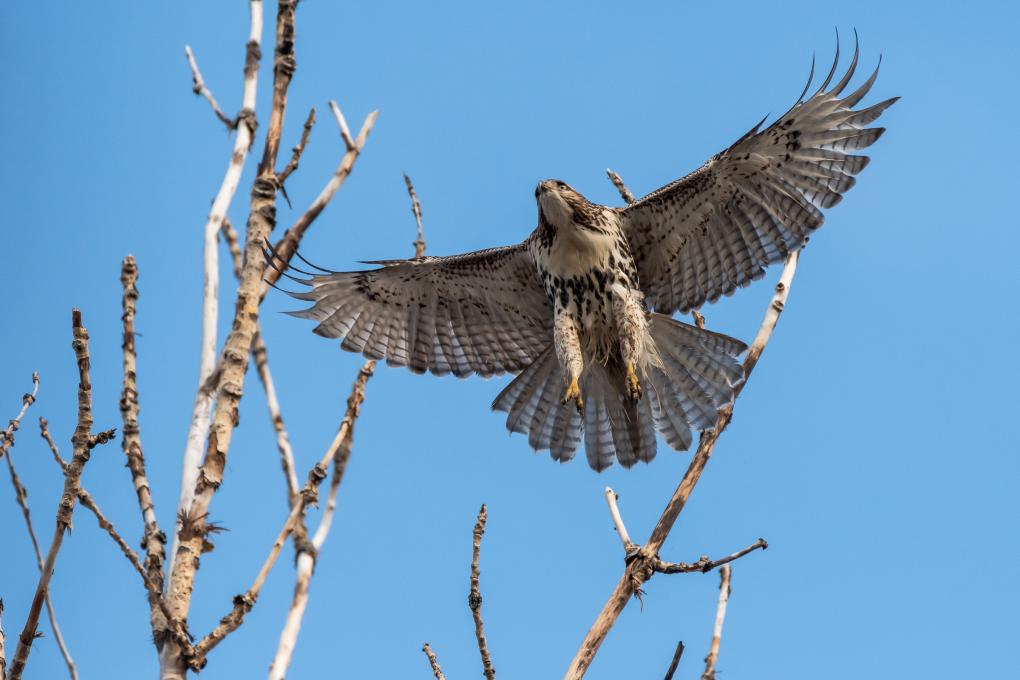 but this one gives me hope... juvenile red tail hawk lifting off from being perched in a tree... took this on the weekend.
but this one gives me hope... juvenile red tail hawk lifting off from being perched in a tree... took this on the weekend. 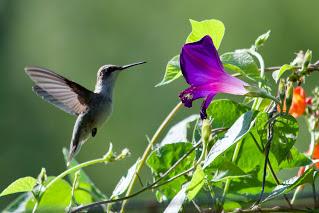 I want to get better at capturing birds in flight. This photo was taken with Nikon D500, a recent purchase that was affordable for me and offers excellent capture action.
I want to get better at capturing birds in flight. This photo was taken with Nikon D500, a recent purchase that was affordable for me and offers excellent capture action. 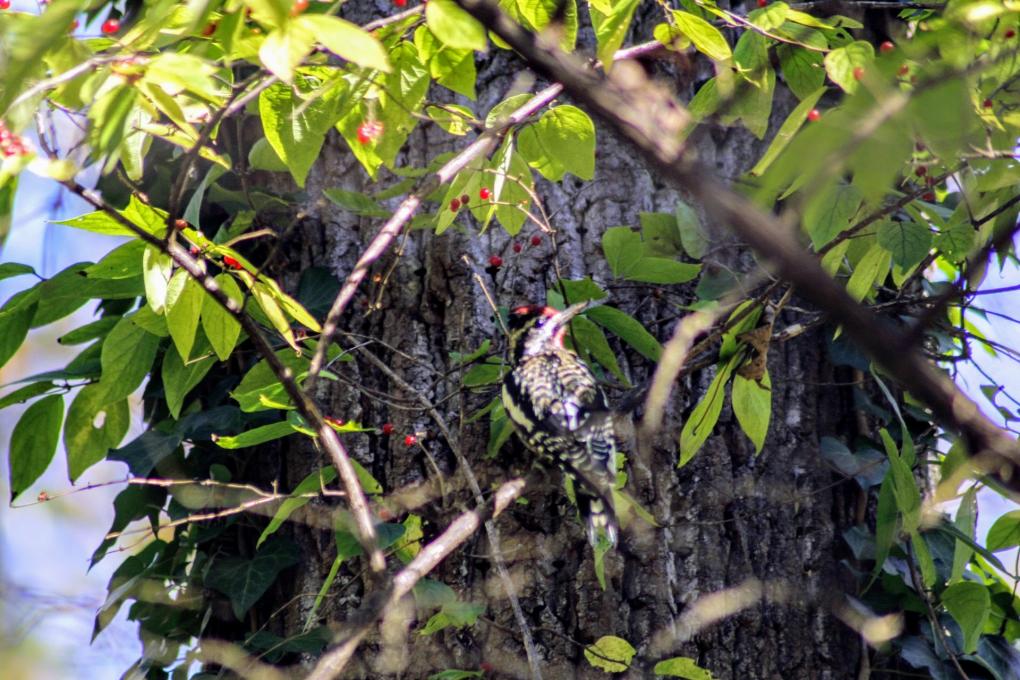 This was taken with a mirror-less Canon Rebel T6 with a Tameron 70- 300 lens, This yellow bellied sapsucker was just hanging out in my local woods, I would love to one day maybe nave a dslr camera, with a zoom lens,I have always been a birder but i started paragraphing them when I was about 11. (i am thirteen now) And I love doing it
This was taken with a mirror-less Canon Rebel T6 with a Tameron 70- 300 lens, This yellow bellied sapsucker was just hanging out in my local woods, I would love to one day maybe nave a dslr camera, with a zoom lens,I have always been a birder but i started paragraphing them when I was about 11. (i am thirteen now) And I love doing it 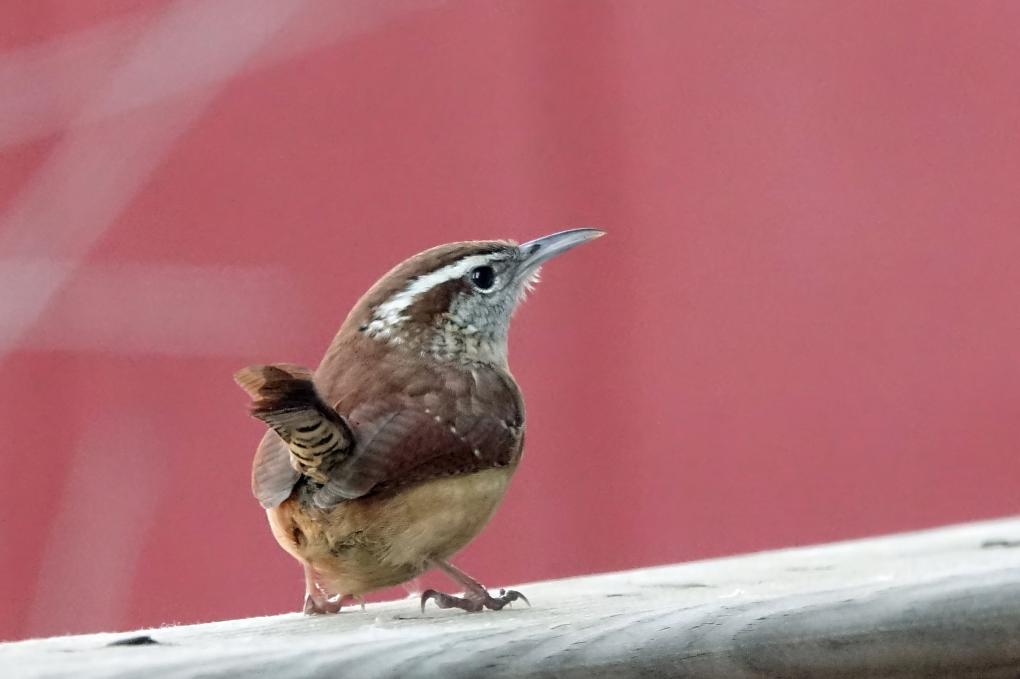
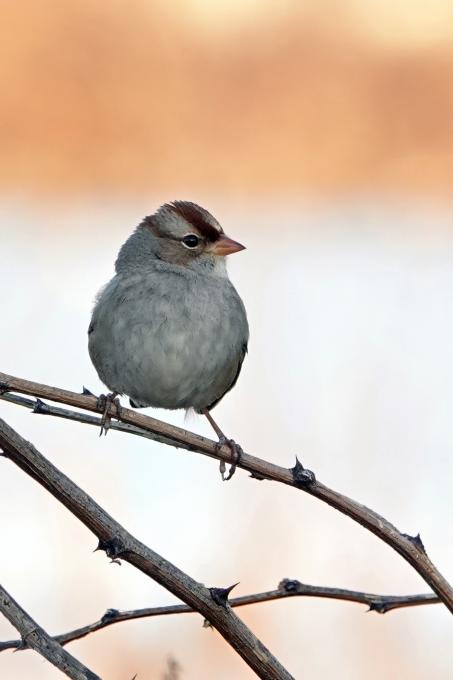
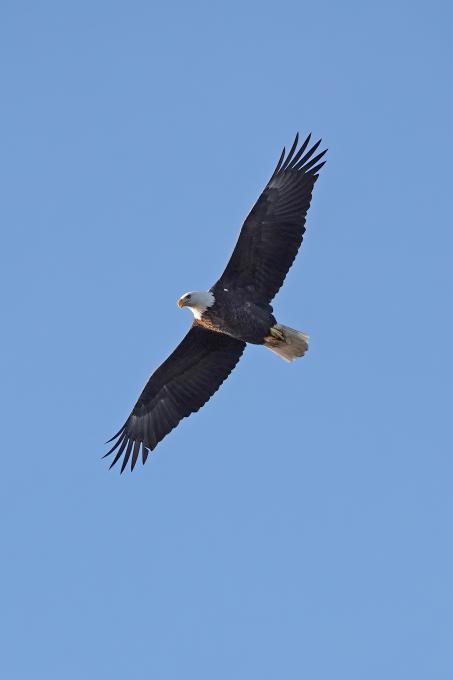
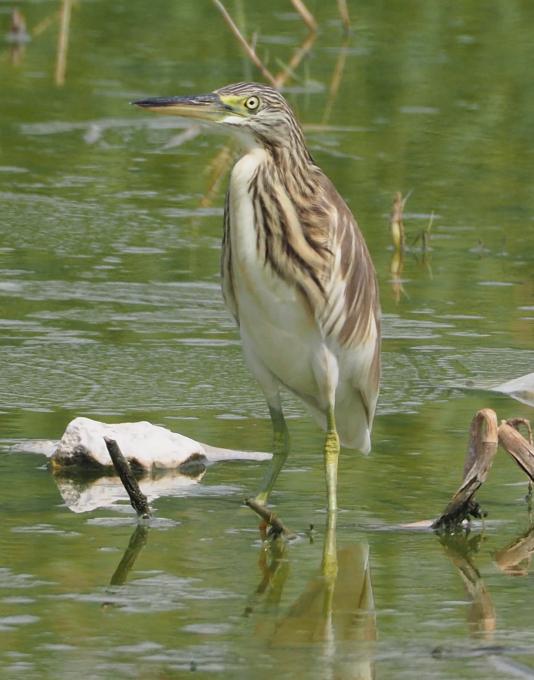
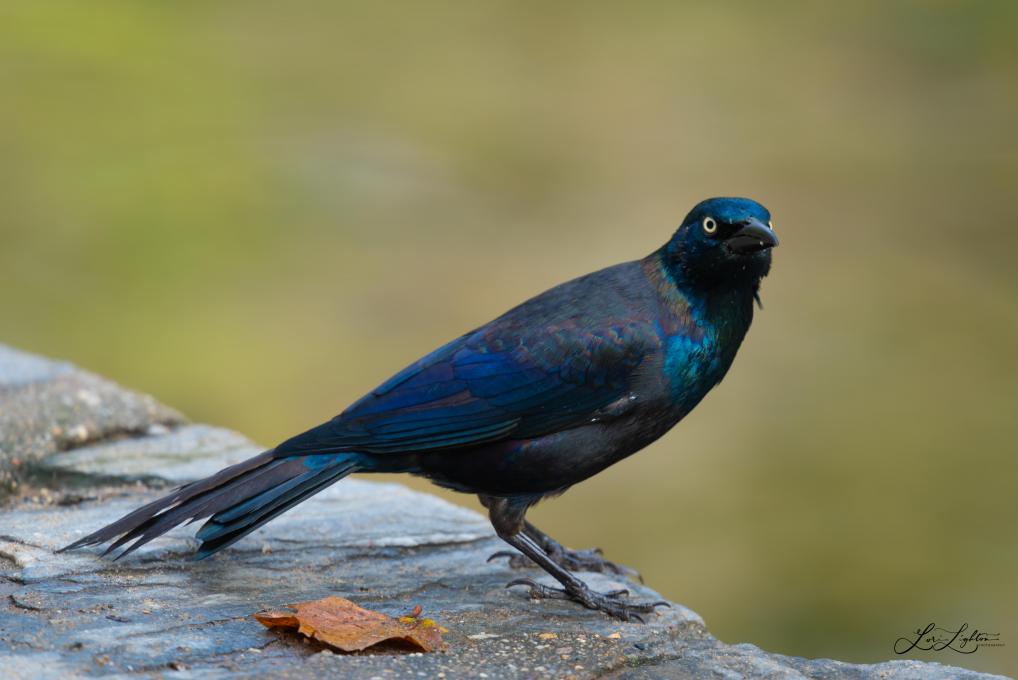 I find it calming to head out to a park or preserve with my camera and see what birds I can find. I shoot with a Nikon D-750 and recently added a 300 mm and 1.7 teleconverter. I rented a number of lenses before settling on this combination for being lightweight with a great reach. I enjoyed the assignment to explore the Macaulay Library. It confirmed that I should be fine to shoot with my existing equipment for awhile.
I find it calming to head out to a park or preserve with my camera and see what birds I can find. I shoot with a Nikon D-750 and recently added a 300 mm and 1.7 teleconverter. I rented a number of lenses before settling on this combination for being lightweight with a great reach. I enjoyed the assignment to explore the Macaulay Library. It confirmed that I should be fine to shoot with my existing equipment for awhile. 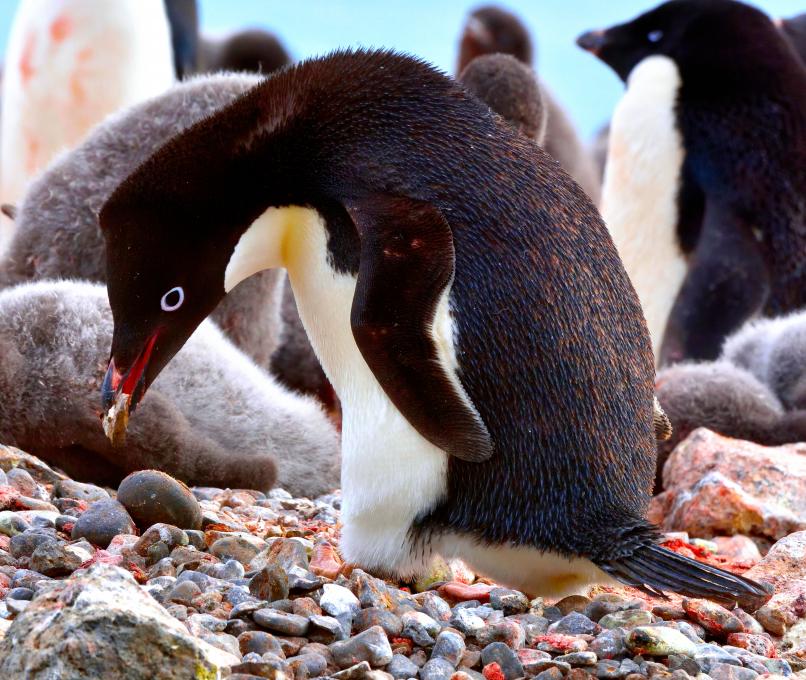
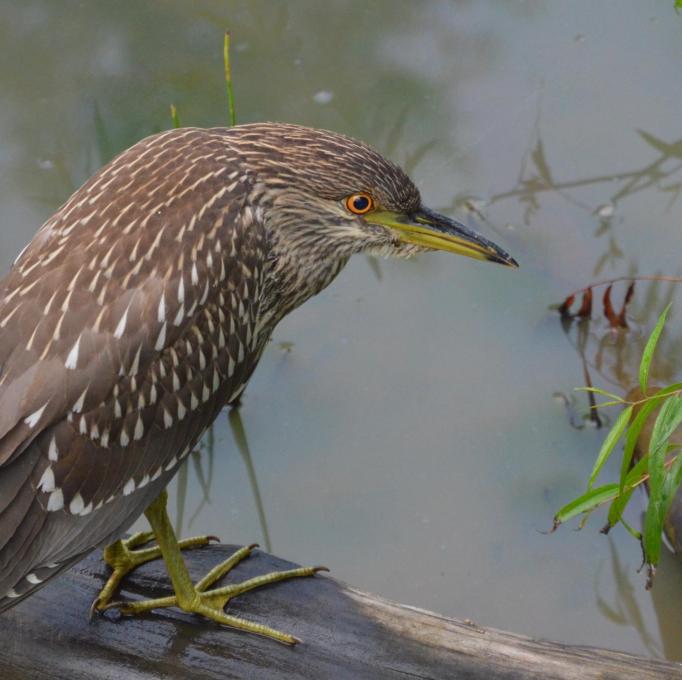
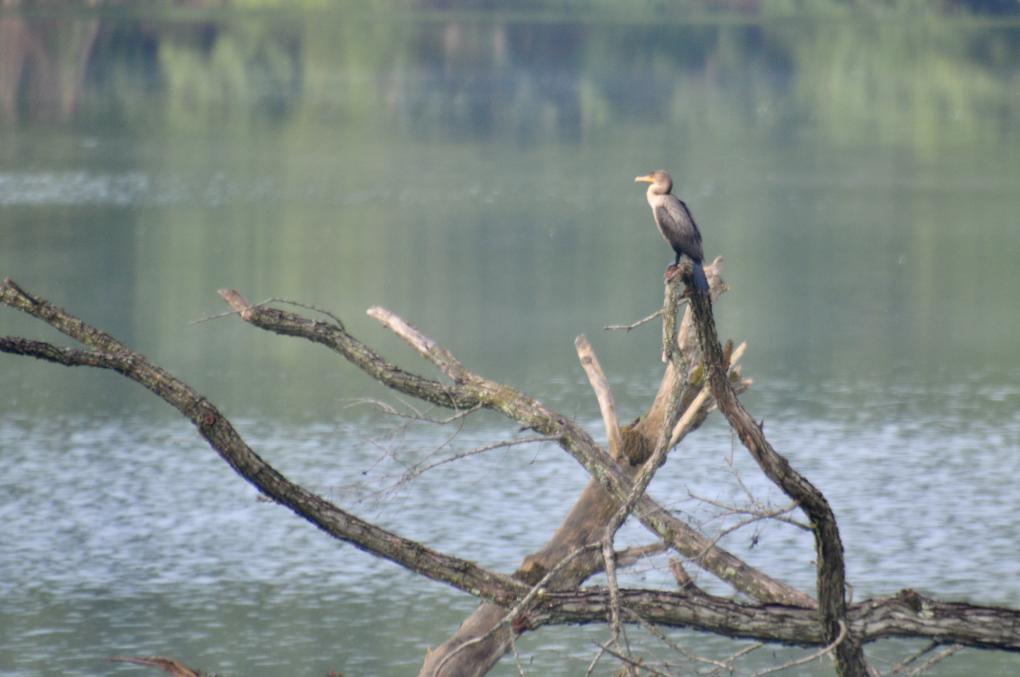
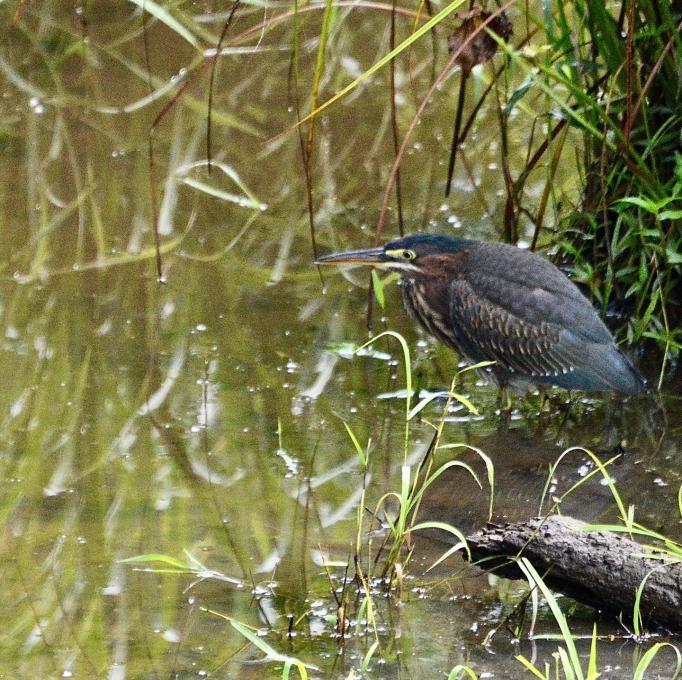 I’m a bird and nature lover who picked up binoculars for the first time at the start of COVID. I used my phone apps to ID birds... and started birdwatching a couple days a week. One day I brushed off my old Nikon D3200 with a 50-200mm lens and began snapping bird pics. Very challenging but rewarding when I get a good quality shot! Hoping this course will help me learn how to use settings rather than depend on auto mode. I started a blog to document this journey. It’s 35sparrows.com if you want to look. Pretty humble blog compared to many here! The attached were taken last weekend. I need a tripod more than anything & finally decided on Feisol 3441t because I’m tall. Very excited. I also Invested in a Tamron 15-400 lens which won’t take a teleconverter far as I can tell. It is fantastic compared to what I had before. All I really need besides that is a longer camera strap and a bag to carry the tripod and small things in. A better camera I will wait on until I am better at manual settings.
I’m a bird and nature lover who picked up binoculars for the first time at the start of COVID. I used my phone apps to ID birds... and started birdwatching a couple days a week. One day I brushed off my old Nikon D3200 with a 50-200mm lens and began snapping bird pics. Very challenging but rewarding when I get a good quality shot! Hoping this course will help me learn how to use settings rather than depend on auto mode. I started a blog to document this journey. It’s 35sparrows.com if you want to look. Pretty humble blog compared to many here! The attached were taken last weekend. I need a tripod more than anything & finally decided on Feisol 3441t because I’m tall. Very excited. I also Invested in a Tamron 15-400 lens which won’t take a teleconverter far as I can tell. It is fantastic compared to what I had before. All I really need besides that is a longer camera strap and a bag to carry the tripod and small things in. A better camera I will wait on until I am better at manual settings. 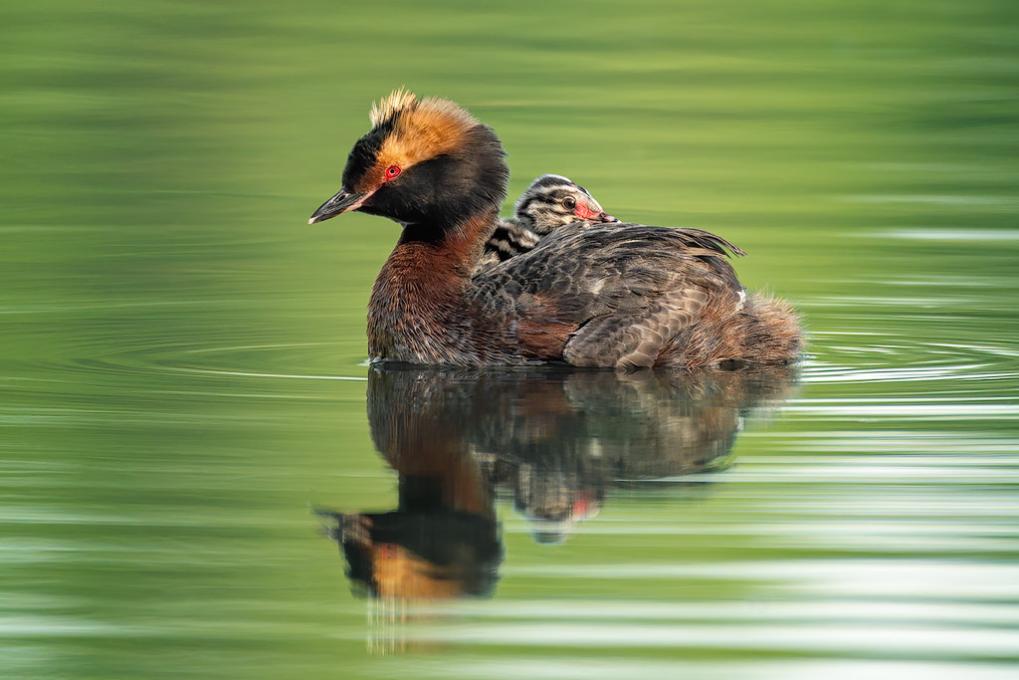
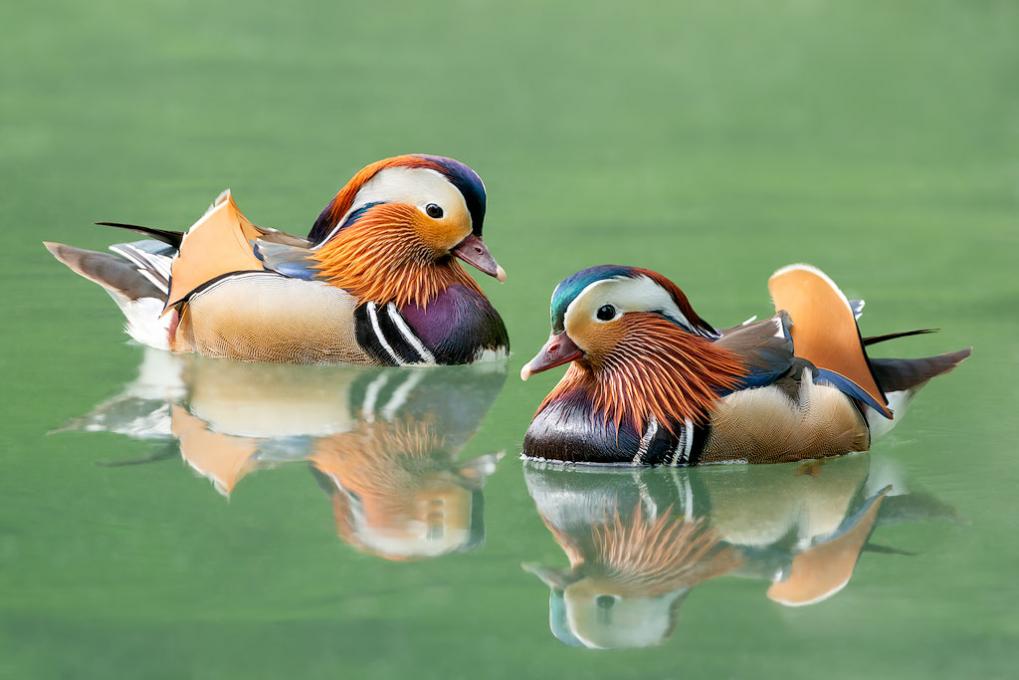
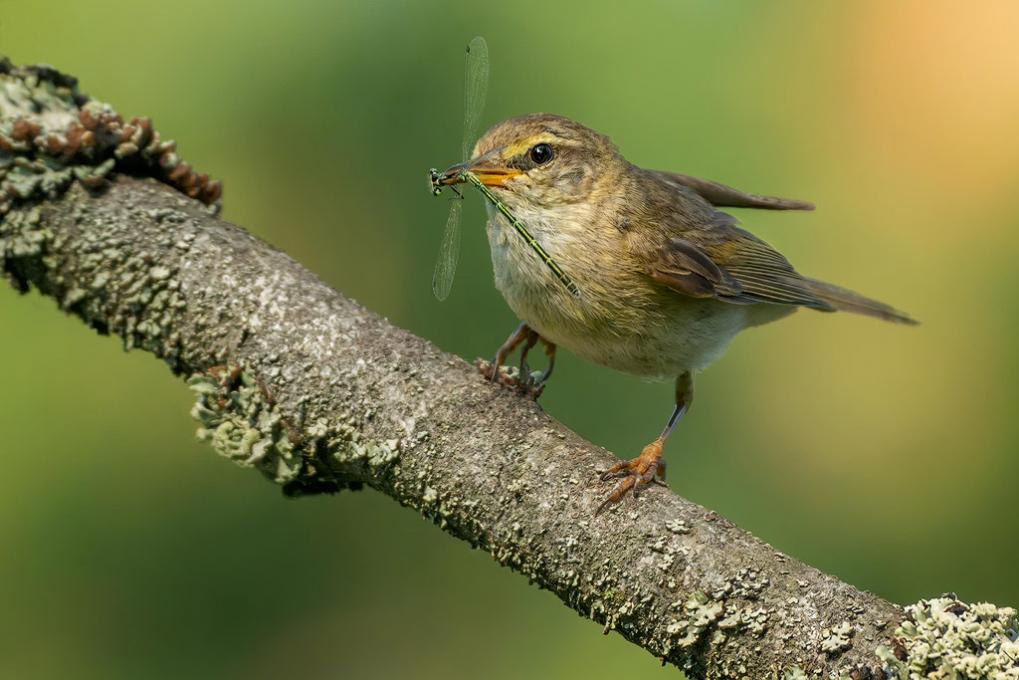
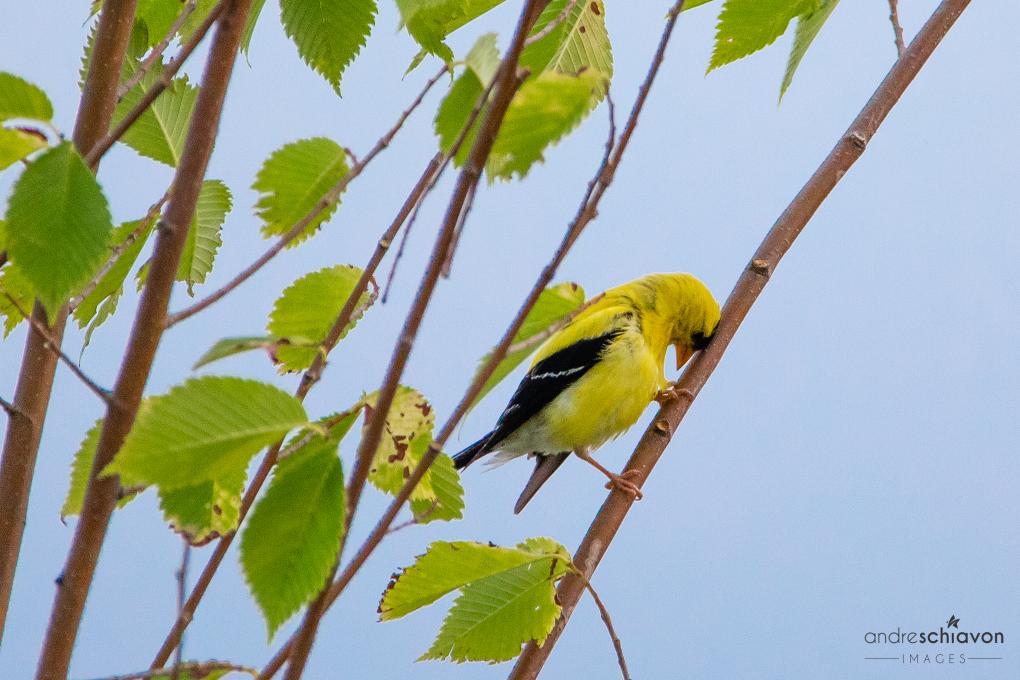
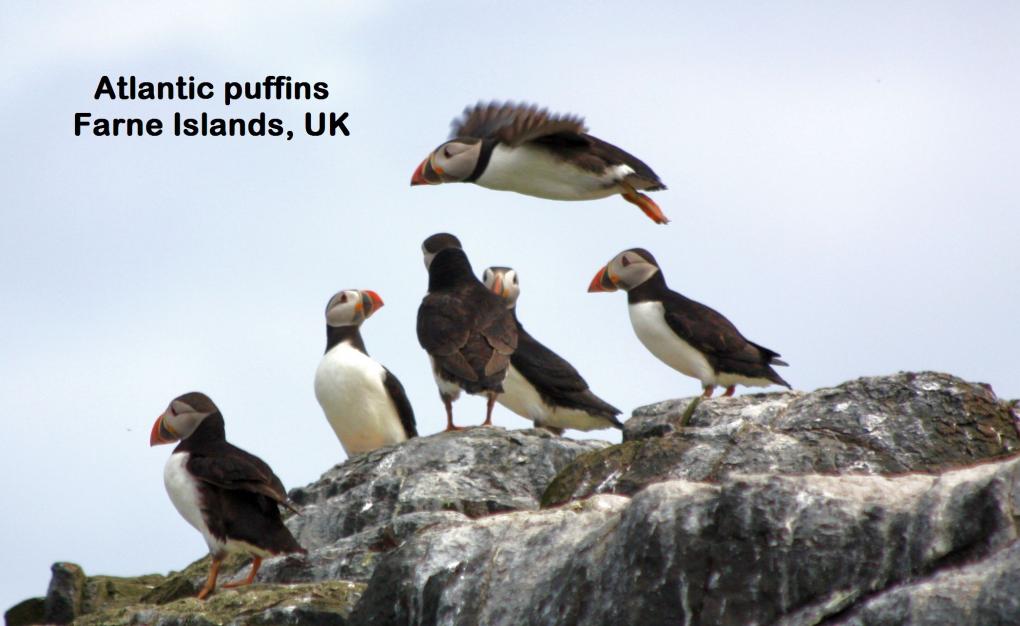
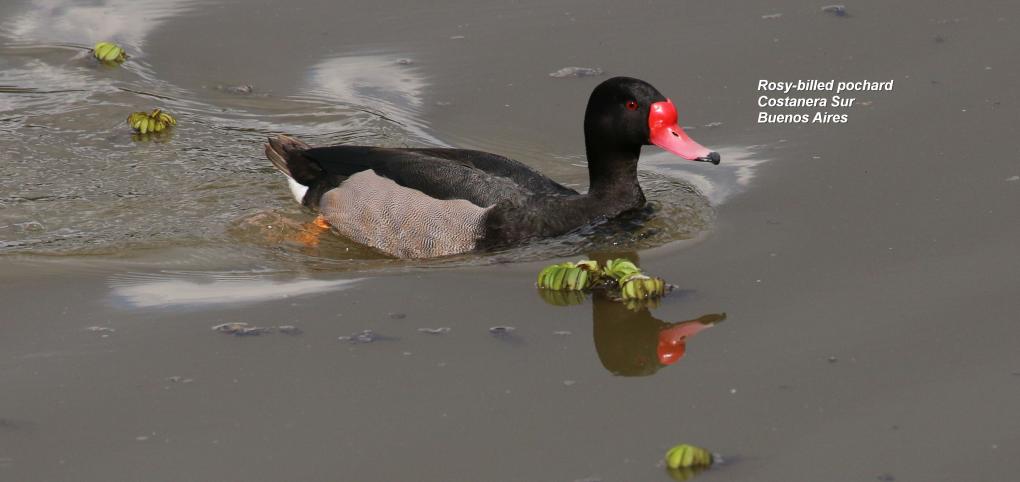
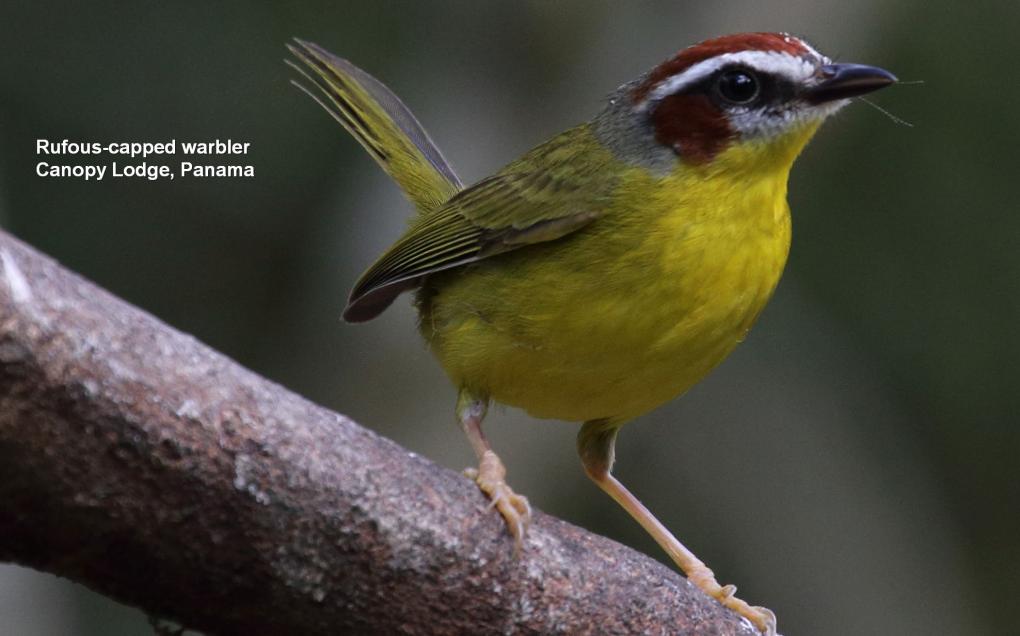
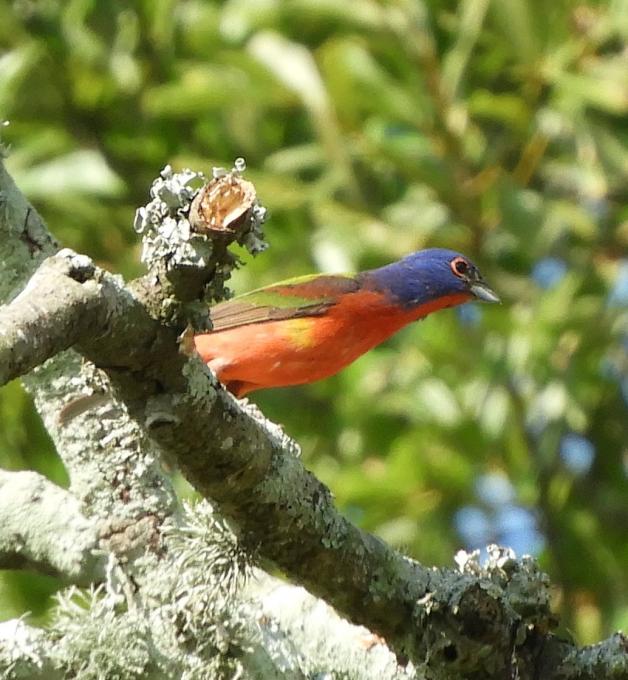
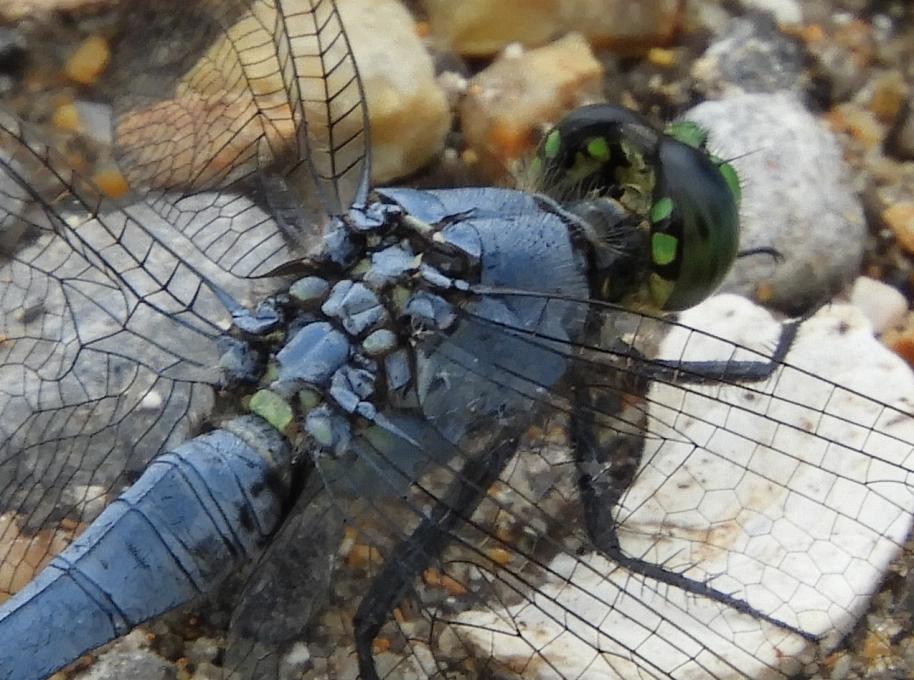
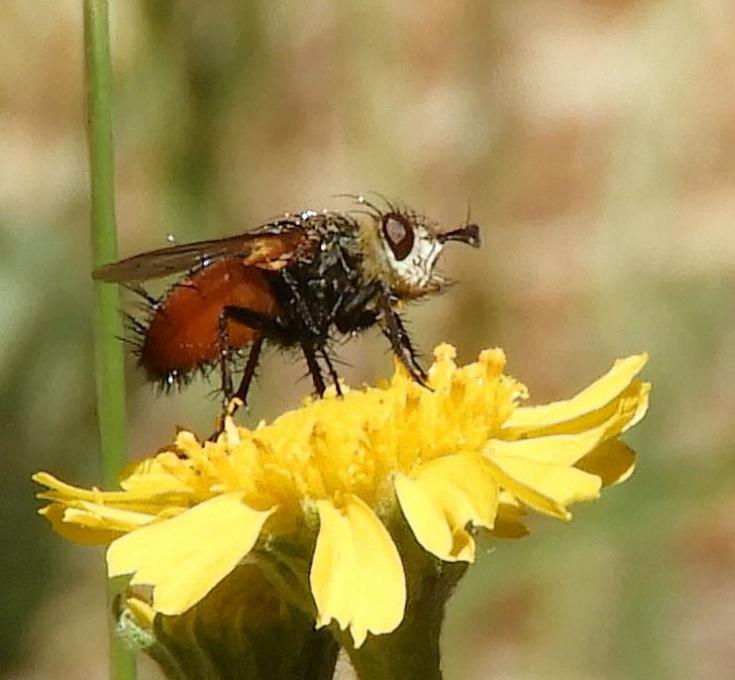
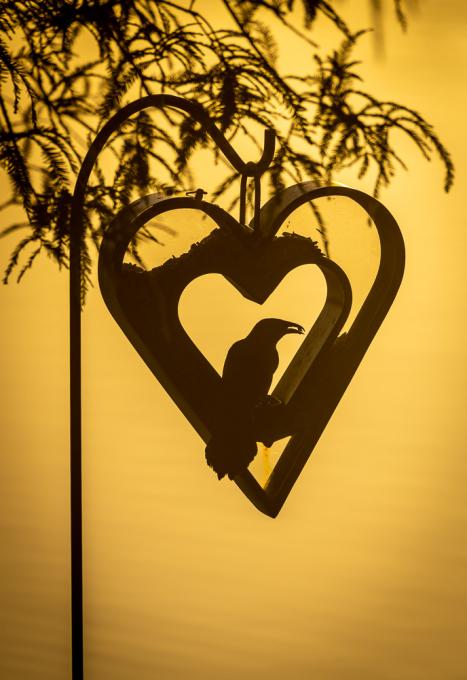
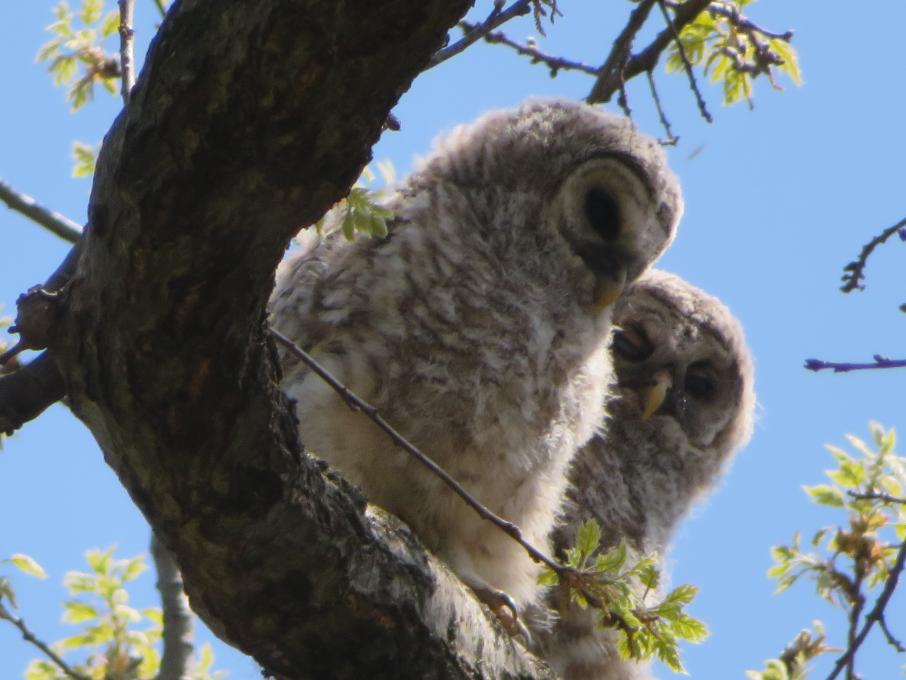
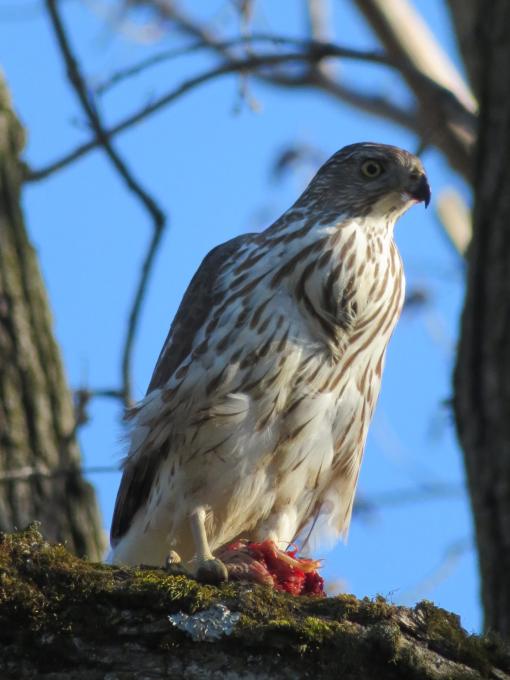
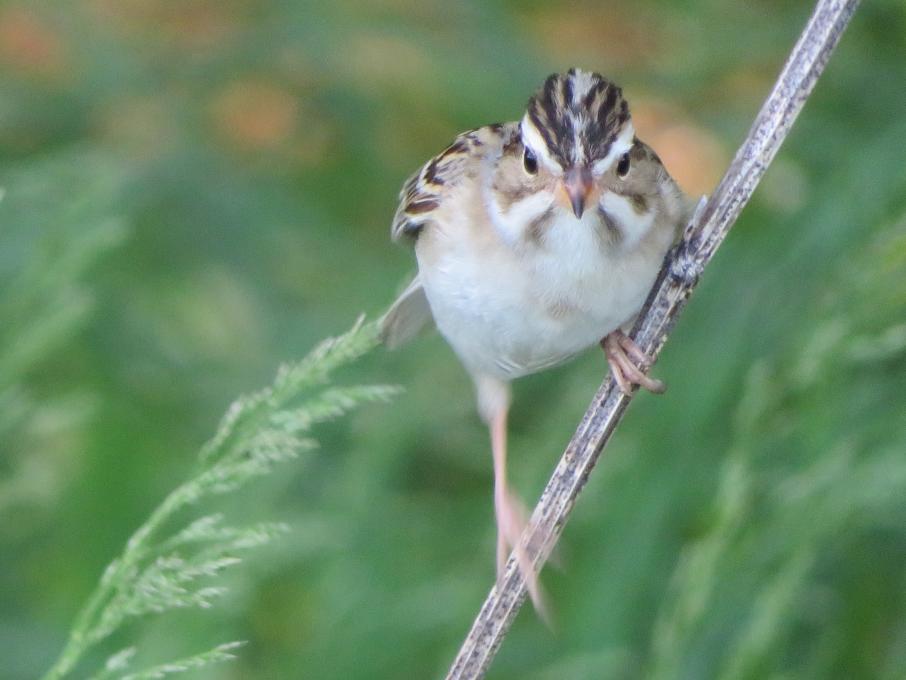
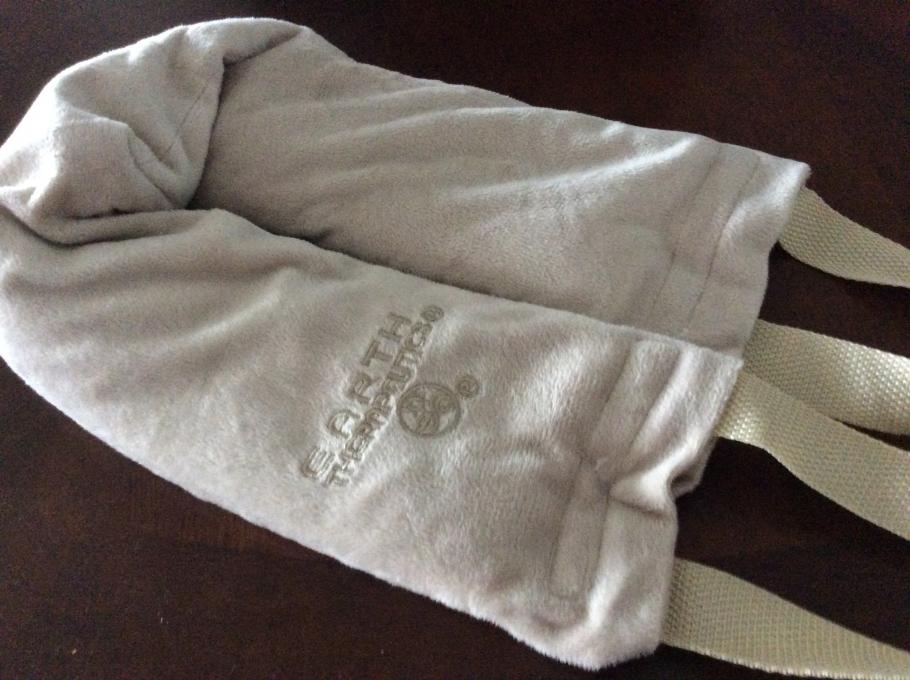
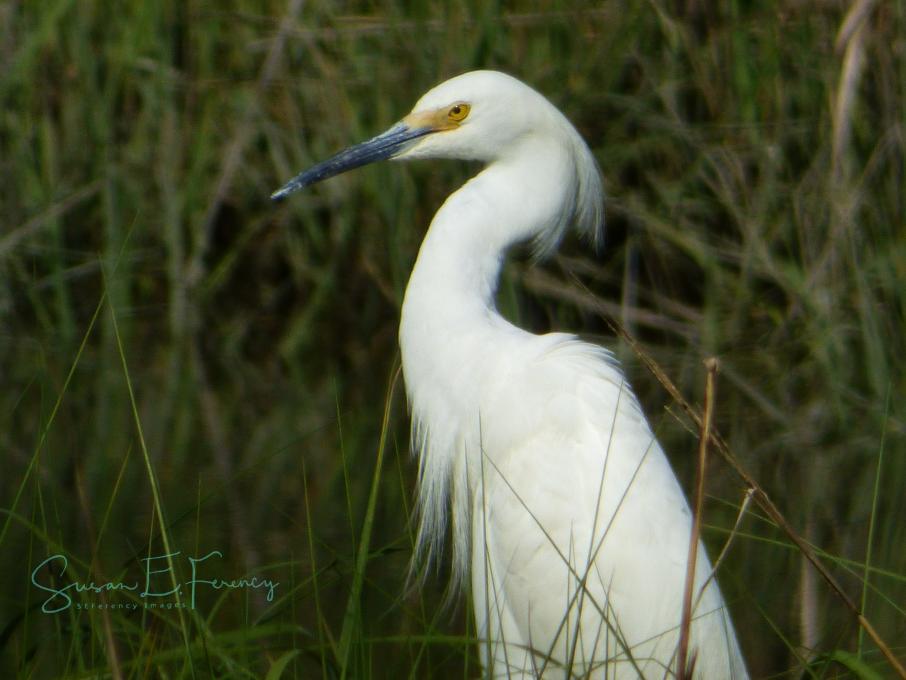
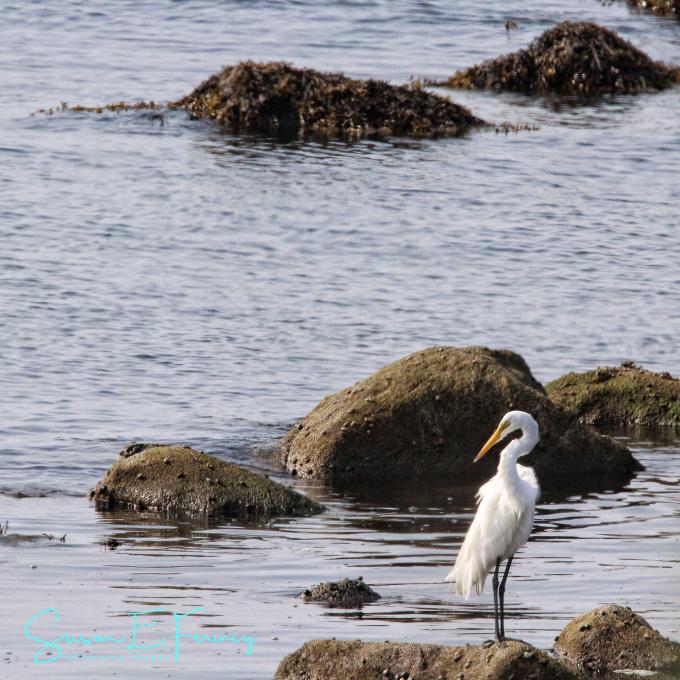
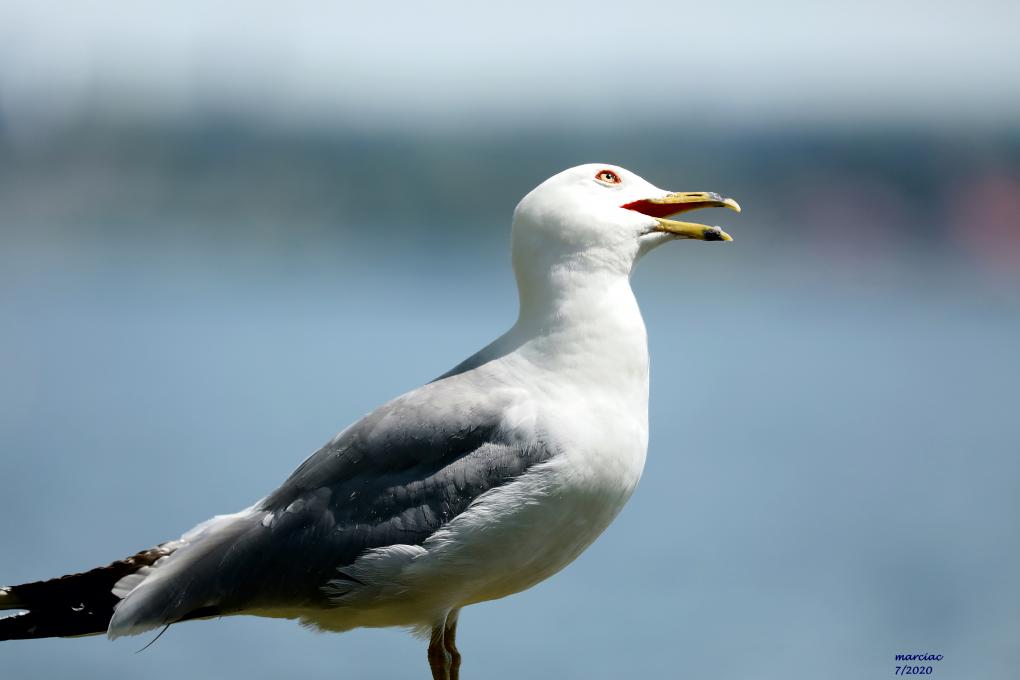
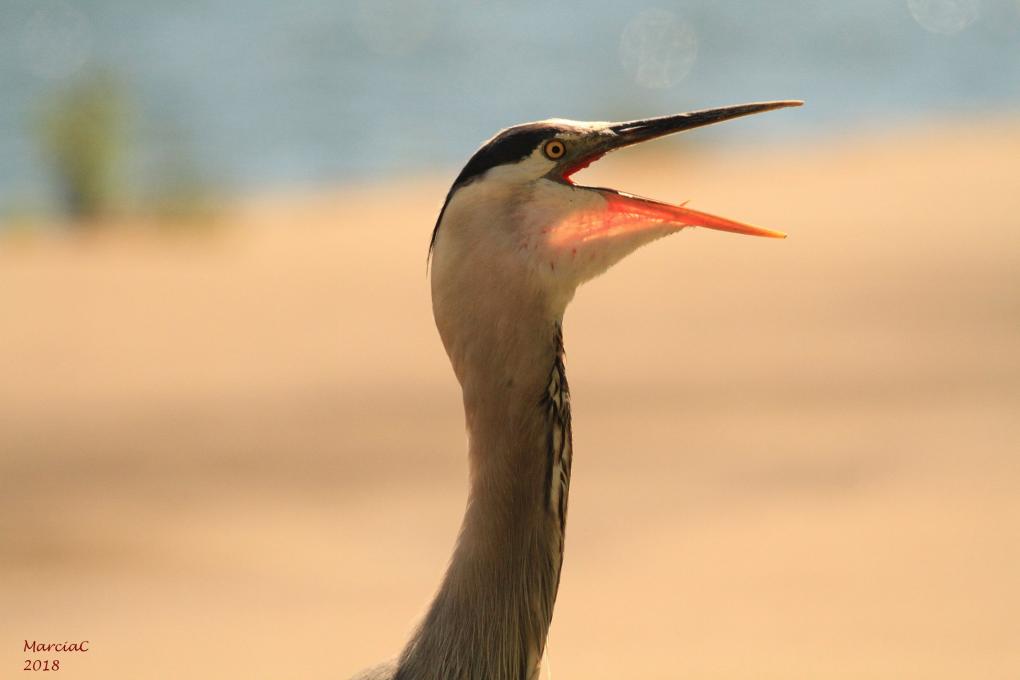 I love birding and taking photos of what I see as I am observing birds in my area. I continue to challenge myself by looking at various bird behaviors and identifying behaviors I have not seen before. I also want to extend my photography skills by learning proper settings in various situations, the use of light when photographing birds, and photographing birds in all types of weather. I have a Canon 7D that I use with the 100-400 mm L series lens. I wanted to upgrade my camera because I have been using the camera for sometime and felt like i would like to use a full frame and compare the full frame with the APSC camera. I recently purchased the Canon 5D Mark IV and can use this camera with my 100-400 mm lens and some other lenses that I have.
One of the interesting things I like to photograph is the behaviors of birds in all kinds of weather. The photos I included in this post are of a Great Blue Heron and a Ring-billed Gull. In both cases the birds were in extremely hot temperatures, and what fascinated me was the open-beaked breathing of each bird. I took the photos and in my research found that this is a way for birds to cool off, similar to a dog panting to cool off. Although you cannot see it in the still pictures, when watching each bird, with their open beaks, their throat muscles moved quickly, in a quivering motion, another addition to the cooling off process.
I love birding and taking photos of what I see as I am observing birds in my area. I continue to challenge myself by looking at various bird behaviors and identifying behaviors I have not seen before. I also want to extend my photography skills by learning proper settings in various situations, the use of light when photographing birds, and photographing birds in all types of weather. I have a Canon 7D that I use with the 100-400 mm L series lens. I wanted to upgrade my camera because I have been using the camera for sometime and felt like i would like to use a full frame and compare the full frame with the APSC camera. I recently purchased the Canon 5D Mark IV and can use this camera with my 100-400 mm lens and some other lenses that I have.
One of the interesting things I like to photograph is the behaviors of birds in all kinds of weather. The photos I included in this post are of a Great Blue Heron and a Ring-billed Gull. In both cases the birds were in extremely hot temperatures, and what fascinated me was the open-beaked breathing of each bird. I took the photos and in my research found that this is a way for birds to cool off, similar to a dog panting to cool off. Although you cannot see it in the still pictures, when watching each bird, with their open beaks, their throat muscles moved quickly, in a quivering motion, another addition to the cooling off process. 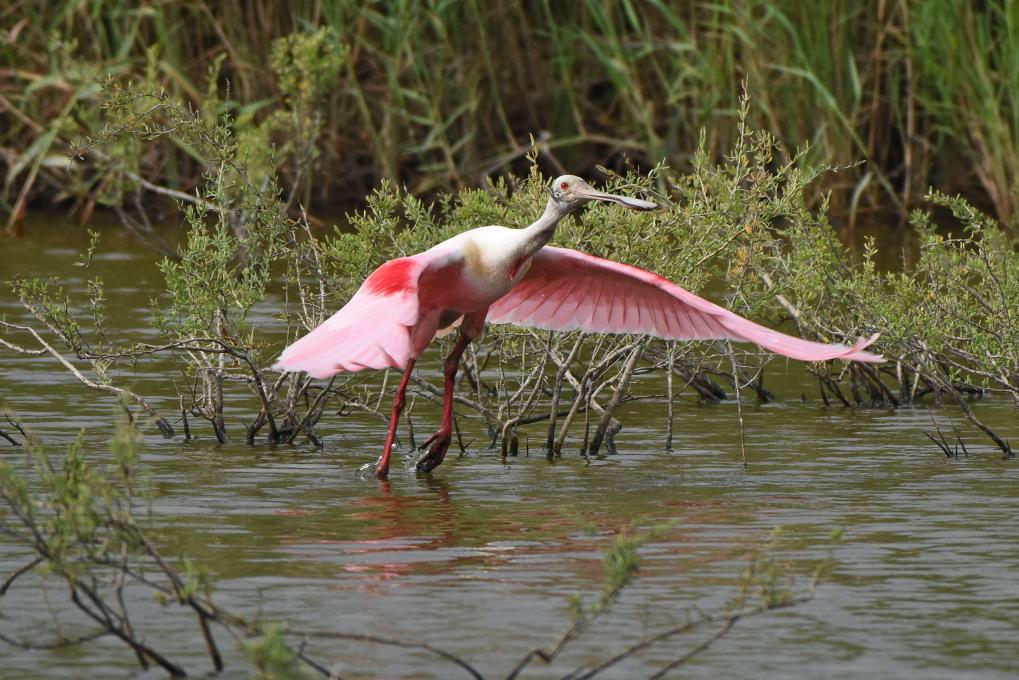
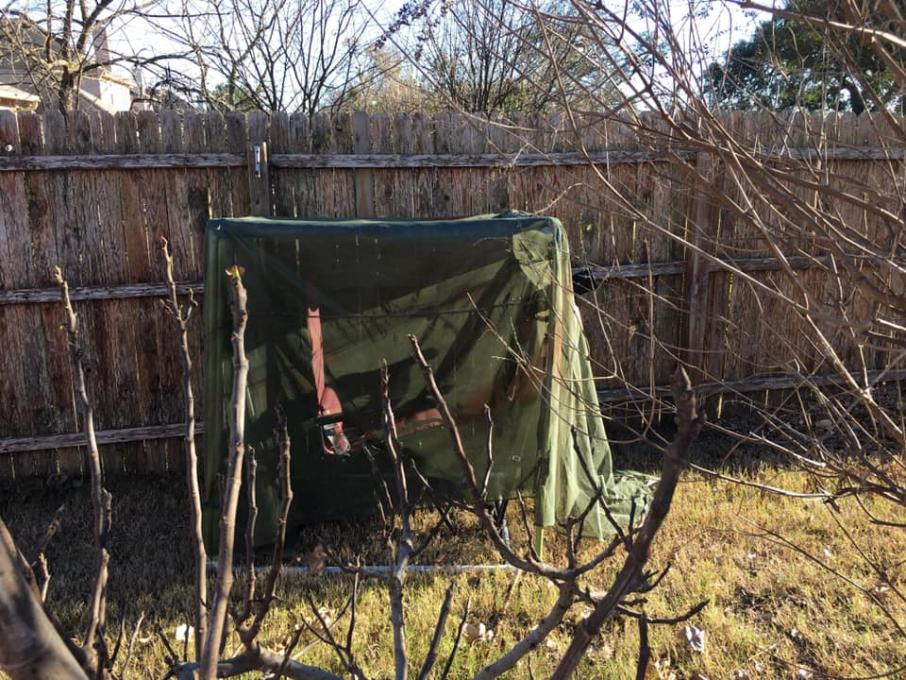 I am taking this course to hopefully help me with taking pictures of birds in flight. I use a Nikon D7200 with a Nikkor 200-500mm lens which I love. It takes great still and birds in flight shots. It is a bit heavy but I have had it for 3 years now so I don't notice the weight any more. I would say the only downside for me is the 5.6 f stop. It makes shooting in low light situations challenging but I have been trying to learn about manual mode to aid with this. I got a Gimbal tripod (Manfrotto with a Sevenak gimbal head) this mad a huge difference for me when sitting at a blind. I also do a lot of shooting from my "mobile bird blind" (Toyota 4Runner). I also have a bird-blind for my yard made from PVC pipe and mosquito netting. Super simple and light and I have even had birds land on top of it while I am in it. I am interested to see what other cameras and lens combos others use.
I am taking this course to hopefully help me with taking pictures of birds in flight. I use a Nikon D7200 with a Nikkor 200-500mm lens which I love. It takes great still and birds in flight shots. It is a bit heavy but I have had it for 3 years now so I don't notice the weight any more. I would say the only downside for me is the 5.6 f stop. It makes shooting in low light situations challenging but I have been trying to learn about manual mode to aid with this. I got a Gimbal tripod (Manfrotto with a Sevenak gimbal head) this mad a huge difference for me when sitting at a blind. I also do a lot of shooting from my "mobile bird blind" (Toyota 4Runner). I also have a bird-blind for my yard made from PVC pipe and mosquito netting. Super simple and light and I have even had birds land on top of it while I am in it. I am interested to see what other cameras and lens combos others use. 